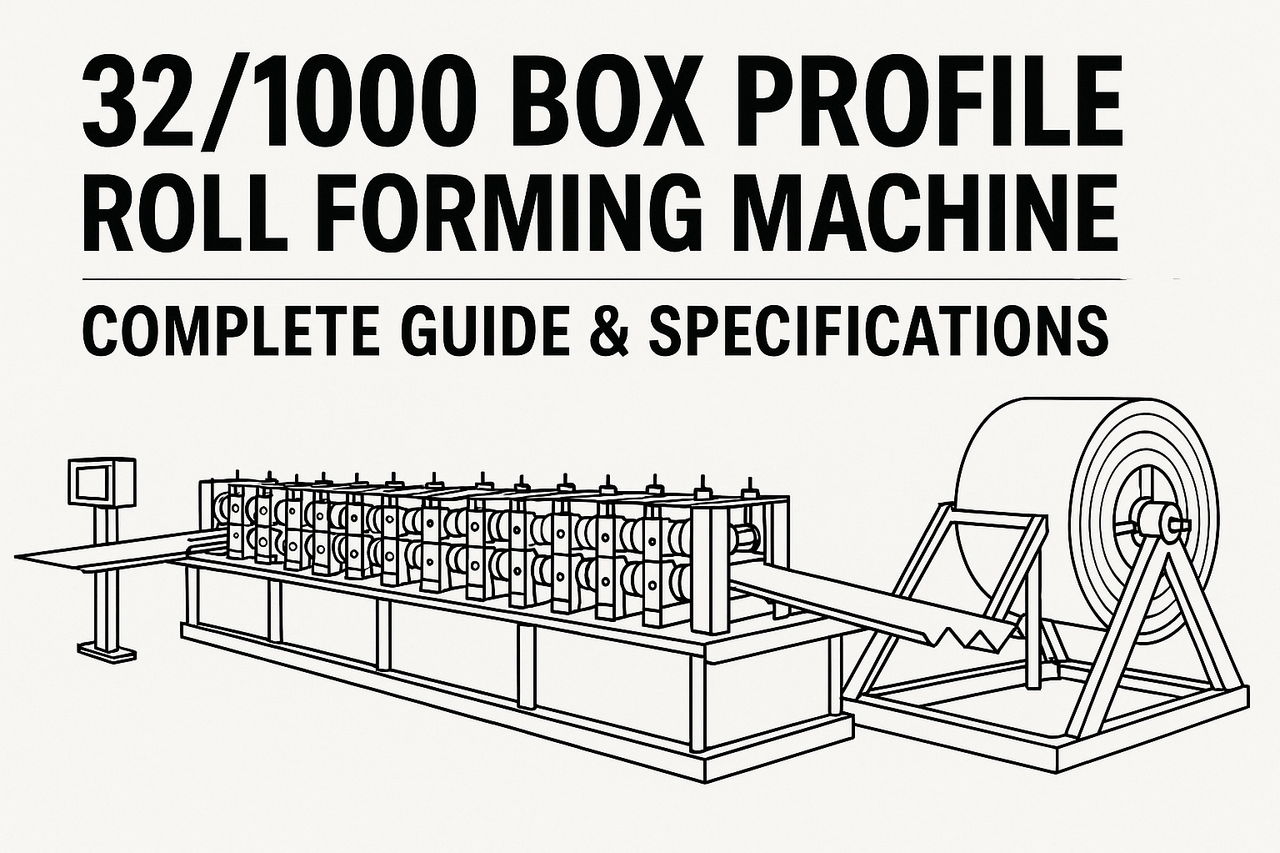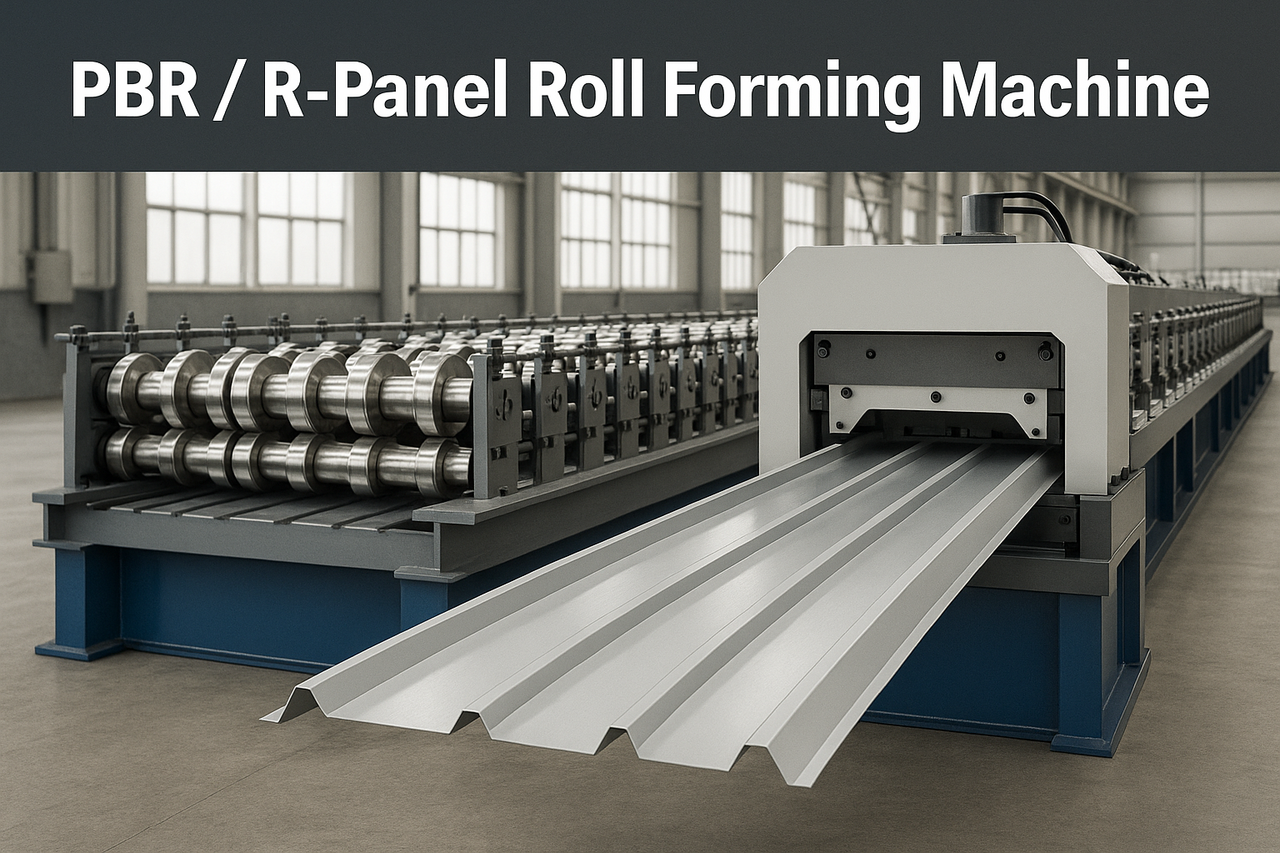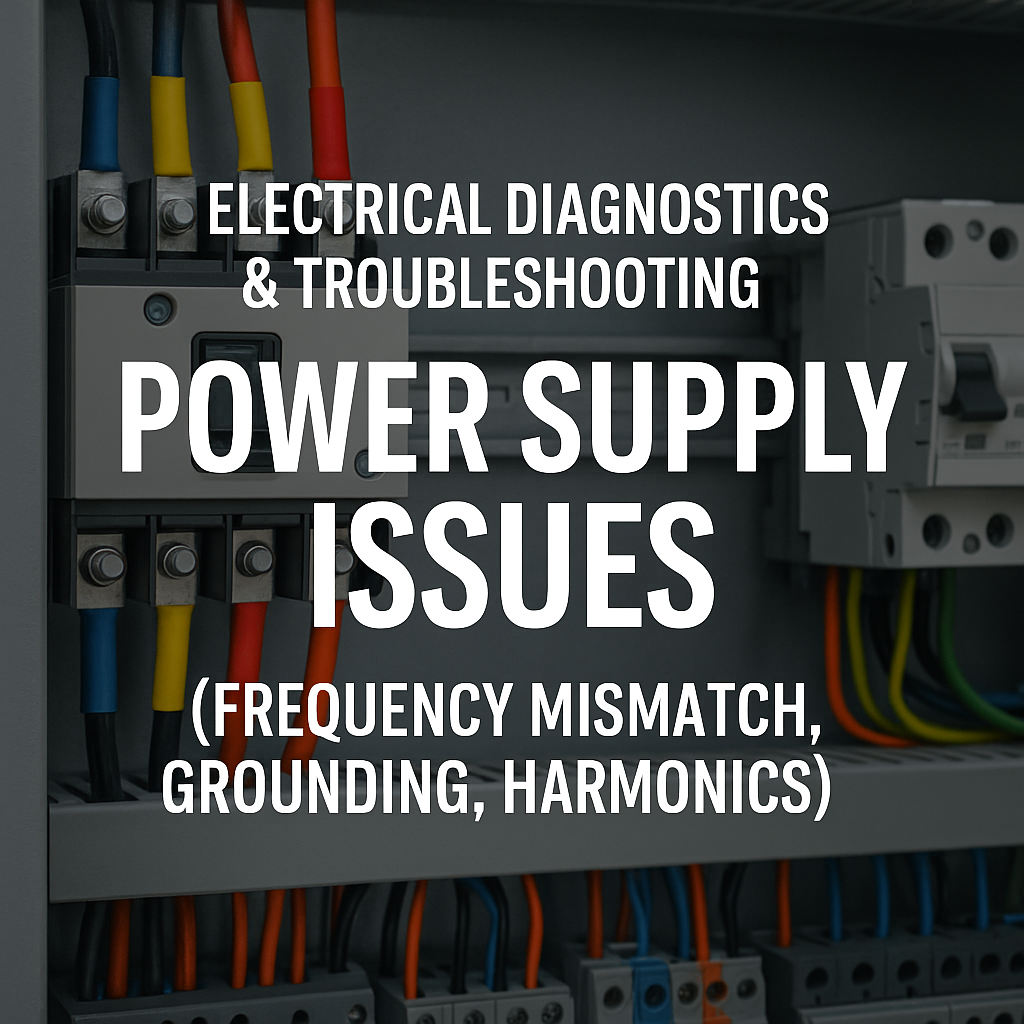The global market for roll forming machines is witnessing significant growth, fueled by increasing demand across various industries such as construction, automotive, and renewable energy. Businesses looking to expand their reach can tap into lucrative export opportunities, particularly in regions like Europe, Africa, and the Middle East. Here’s a closer look at the potential in these markets and how companies can effectively navigate the export landscape.
1. Understanding the Global Demand
The demand for roll forming machines is driven by several factors:
- Infrastructure Development: Countries in Europe, Africa, and the Middle East are investing heavily in infrastructure projects, creating a need for efficient manufacturing solutions to produce components like steel beams, purlins, and roofing panels.
- Sustainability Trends: With a growing emphasis on sustainability, many manufacturers are shifting towards metal solutions, which are more recyclable and durable than traditional materials.
- Technological Advancements: Innovations in roll forming technology, including automation and precision engineering, have made these machines more attractive to potential buyers seeking efficiency and quality.
2. Opportunities in Key Markets
- Europe: The European market is known for its strict quality standards and regulatory requirements. Businesses can capitalize on this by offering advanced roll forming machines that meet European certifications. Additionally, the increasing focus on energy-efficient buildings creates a demand for insulated panels and metal components, opening up new avenues for export.
- Africa: As African nations undergo rapid urbanization and infrastructure development, the demand for roll forming machines is on the rise. The construction of affordable housing, commercial buildings, and industrial facilities presents a significant opportunity. Companies can explore partnerships with local manufacturers to enhance their market presence and navigate regulatory requirements more effectively.
- Middle East: The Middle East is witnessing a construction boom driven by investments in mega projects and real estate developments. Roll forming machines can play a crucial role in producing materials for these projects. By establishing a local presence or collaborating with regional distributors, businesses can tap into this burgeoning market.
3. Strategies for Successful Exporting
To successfully enter and thrive in international markets, businesses should consider the following strategies:
- Market Research: Conduct thorough research to understand the specific needs, preferences, and regulations of each target market. Tailoring products to meet local demands can significantly enhance success rates.
- Build Partnerships: Collaborating with local distributors or manufacturers can facilitate entry into new markets. These partners can provide valuable insights into local practices and help navigate cultural differences.
- Compliance and Certifications: Ensure that your products meet the necessary compliance standards and certifications required in the target markets. This can enhance credibility and streamline the export process.
- Leverage Digital Marketing: Utilize digital platforms to reach potential customers in international markets. Highlight the benefits and features of your roll forming machines through engaging content and targeted advertising.
4. Conclusion
The export opportunities for roll forming machines are vast, with significant potential in Europe, Africa, and the Middle East. By understanding market demands, building strategic partnerships, and complying with local regulations, businesses can successfully navigate the complexities of international trade. As the demand for roll forming technology continues to rise, now is the perfect time for companies to explore these opportunities and expand their global footprint.



